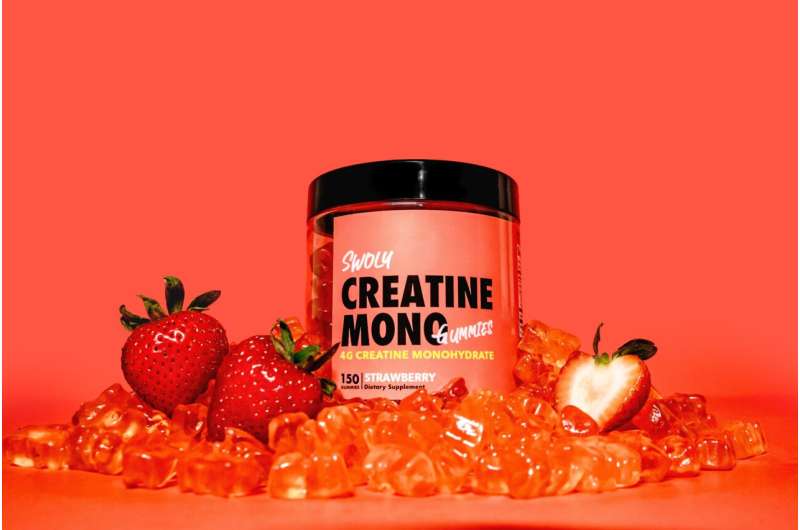How Parental Sedentary Behavior Influences Children's Activity Levels

A study highlights how parents' physical activity habits significantly influence their children's sedentary behavior, emphasizing the importance of family-driven active lifestyles for better health.
Recent research conducted by scientists at São Paulo State University (UNESP) in Brazil sheds light on the significant impact parents' physical activity habits have on their children's sedentary behavior. The study analyzed 182 children aged 6 to 17 and their respective parents, using accelerometers to accurately measure activity and inactivity levels. The findings reveal a clear link: children whose parents are inactive tend to spend more time being sedentary. Conversely, active parents often have children who are also more physically engaged.
Interestingly, the study highlights that mothers' physical activity routines have over twice the influence on their children’s activity patterns compared to fathers. While the reasons behind this maternal influence are not yet fully understood, the data emphasizes that parental behavior plays a vital role in shaping children's health habits.
Diego Christofaro, a lead researcher and professor at FCT-UNESP, emphasized that parents' routines could directly influence their children's likelihood to be active. "When parents maintain an active lifestyle, their children are less likely to spend long periods seated," he explained. This insight is particularly important considering the global public health challenge posed by sedentary lifestyles during childhood and adolescence. In Brazil, for instance, between 11% and 38% of young people are overweight—a condition closely linked to low physical activity levels.
The study considered various sociodemographic factors, including the children’s age, sex, and family socioeconomic status. It also underscores the importance of public policies and family-focused campaigns to promote healthier, more active lifestyles. The Brazilian Physical Activity Guide recommends that children and adolescents aged 6 to 17 engage in at least 60 minutes of moderate to vigorous exercise daily, which is crucial for their growth and long-term health.
Overall, the research points out that fostering an active family environment could be a key strategy in combating sedentary lifestyles among youths and improving their overall well-being.
Stay Updated with Mia's Feed
Get the latest health & wellness insights delivered straight to your inbox.
Related Articles
Should You Allow Pets to Sleep with You? What's the Expert Consensus?
Discover the effects of sleeping with pets on sleep quality. Learn expert insights and practical tips to balance comfort with restful nights.
Increasing Demand for Creatine Among Women and Older Adults Boosts Market Growth
Creatine sales are soaring among women and older adults as research uncovers its benefits for brain, bone, and overall health, expanding its market beyond athletic performance. Discover how this versatile supplement is transforming health trends.



